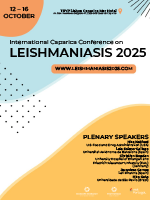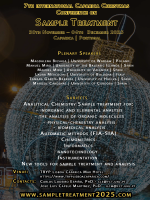Identifying Core Protein Complexes from Downscaled Tandem Affinity Purifications
DOI: 10.5584/jiomics.v2i1.81
Abstract
In this study we show that via stable retroviral-expression of tagged EGFR in the PC9 lung cancer cell line and stable doxycycline-inducible expression of tagged Grb2 using a flp-mediated recombination HEK293 cell system, the SH-TAP can be downscaled to 5 to 12.5 mg total protein input (equivalent to 0.5 - 1 × 15 cm culture plate or 4 - 8 × 106 cells). The major constituents of the EGFR complex (USB3B, GRB2, ERRFI, HSP7C, GRP78, HSP71) and the Grb2 complex (ARHG5, SOS1, ARG35, CBL, CBLB, PTPRA, SOS2, DYN2, WIPF2, IRS4) were identified. Adjustment of the quantity of digested protein injected into the mass spectrometer reveals that optimisation is required as high quantities of material led to a decrease in protein sequence coverage and the loss of some interacting proteins. This investigation should aid other researchers in performing tandem affinity purifications in general, and in particular, from low quantities of input material. From this study, we believe that it is now possible to map protein-protein interaction networks from cells that are difficult to cultivate in large quantities (i.e., primary cells) or cells from which it is not feasible to generate a stable cell line without using viral expression systems or the flp-FRT recombination system. Such studies would be of considerable benefit in delineating disease-related signalling pathways in aberrant tissues obtained from mouse models and/or human patient material.









